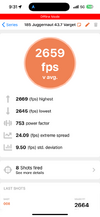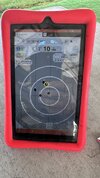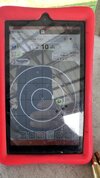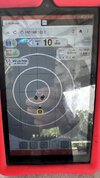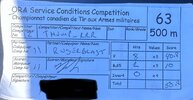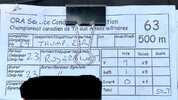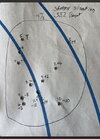Erik Cortina has a video out in the last year or so, just a talking head piece, titled "Precision Reloading is Easy. YOU Complicate it!"
After loading for long range and precision for now >25yrs of my life and chasing countless ideas and theories and spending tens of thousands of dollars on gadgets and gizmos, I'm absolutely convinced this is the case, ESPECIALLY with the results of science being published in the last decade. We're finding out over and over that more and more of the ideas we've chased for decades as a reloading/shooting society have been smoke and mirrors mixed with snake oil and voodoo.
So as a matter of course, if you're finding yourself seeking some arcane piece of knowledge to solve some unsolved reloading mystery, you're probably NOT going to solve it, because it really can't be and shouldn't be solved.
Seating depth is a very, very small knob, with very, very generous windows. Read on Berger's page about their VLD's (Secant ogives) and seating depths - for a long time, folks were convinced secant ogives shot best only when jammed, or given a very short jump. The idea was that the case neck needed to still be supporting the bullet fully while it engraves itself onto the rifling... but then shooters tried jumping them a LONG way, and realized they shoot fine there too! Why? Because the bullets want to shoot well..
Don't trick yourself into thinking a few 3-5 shot groups will indicate truth. Very, VERY commonly, reloaders let themselves get convinced by results which are 100% coincidence - they shoot some comparison test and one group is smaller than the rest, one group is bigger, and they say "that seating depth is the best, and that one is worst" - but very often, that shooter could shoot any one of those individual combinations over and over and end up with smaller and larger groups than anything from the first test, and very often, that shooter could reshoot the same test and end up with contradictory results to the first. We'll say things like, "well, it WAS in tune, but then it fell apart," or "it wants to shoot well, but it throws flyers," or worse, we convince ourselves to chase smoke because we convince ourselves that doing a little more work to our brass or to our bullets or measuring more precisely our powder or sorting components by any number of variables that we might be able to turn whatever 1.5MOA group we have into a 0.01moa group... and in reality, that just doesn't happen.
So don't let yourself chase smoke, or arcane pieces of knowledge... if one dog don't hunt, the other does, hunt the good dog, and don't waste time on the laggard.


